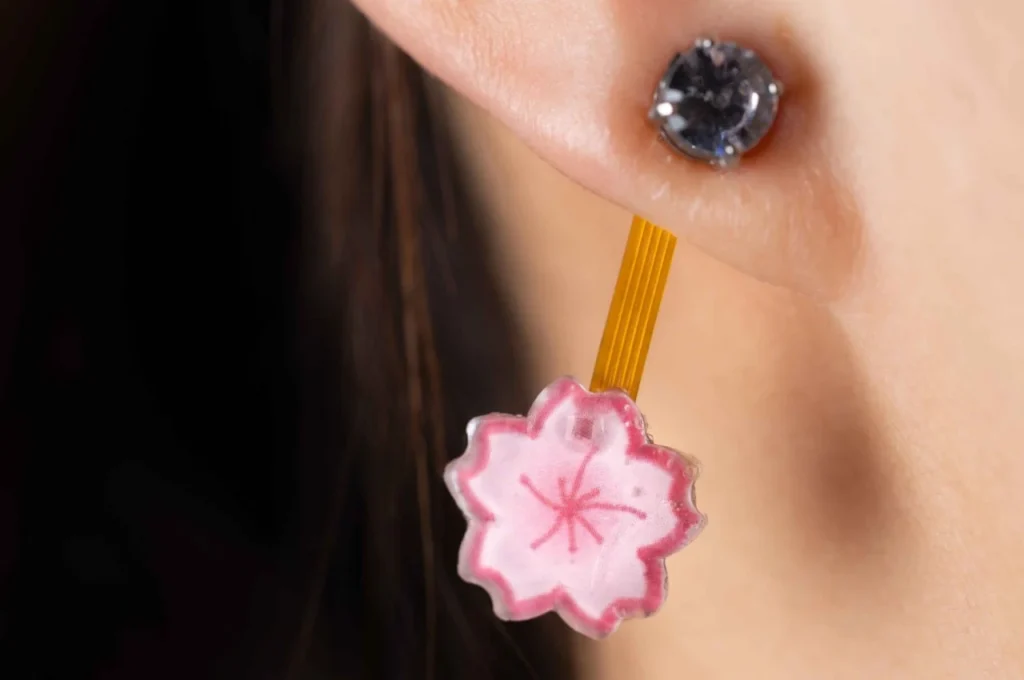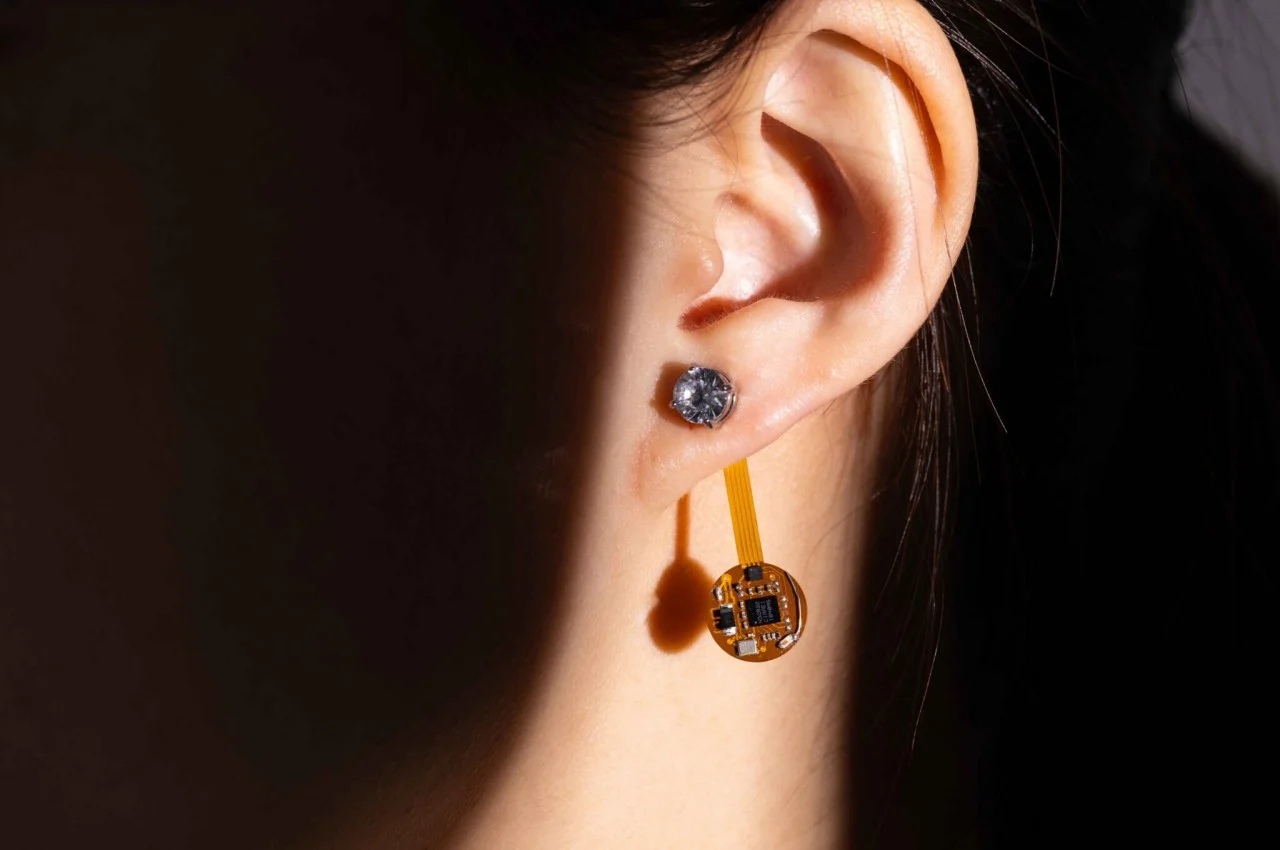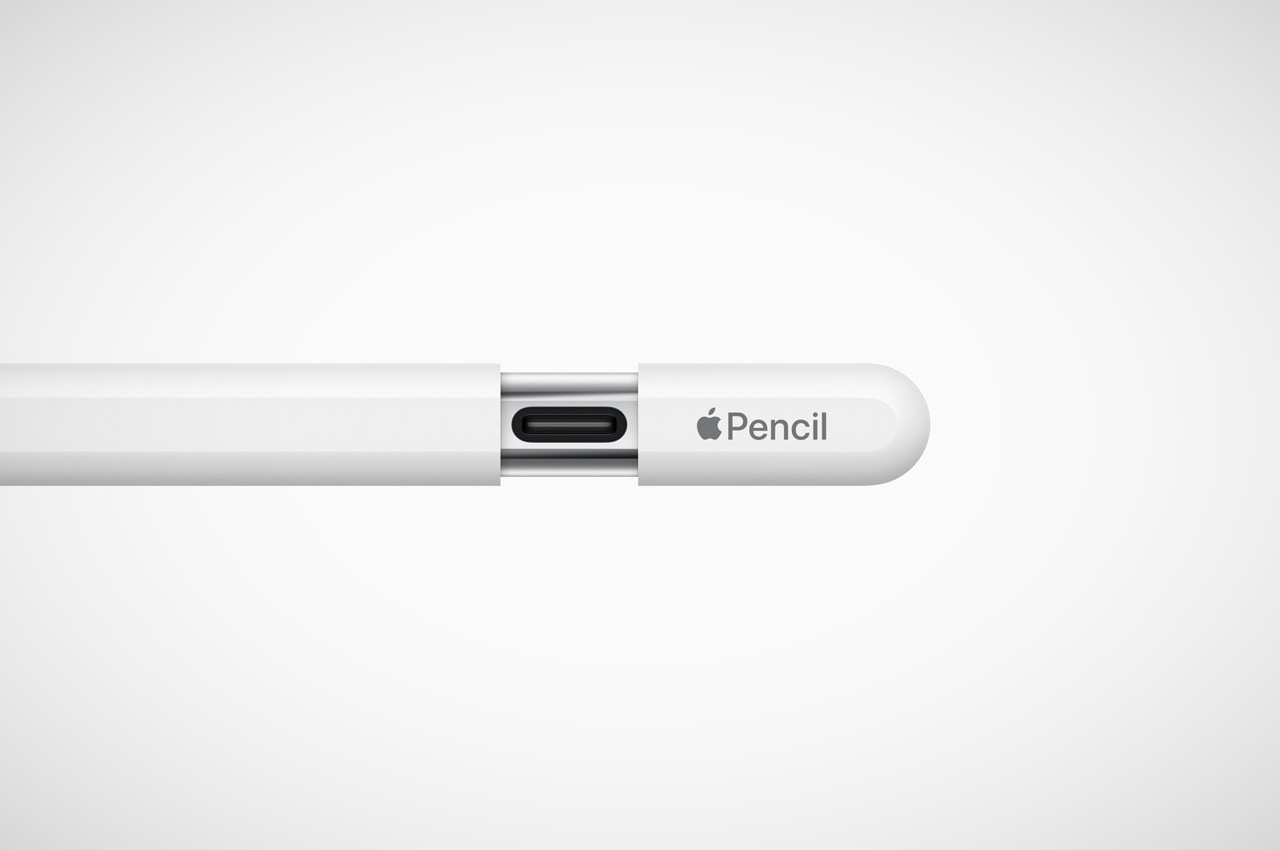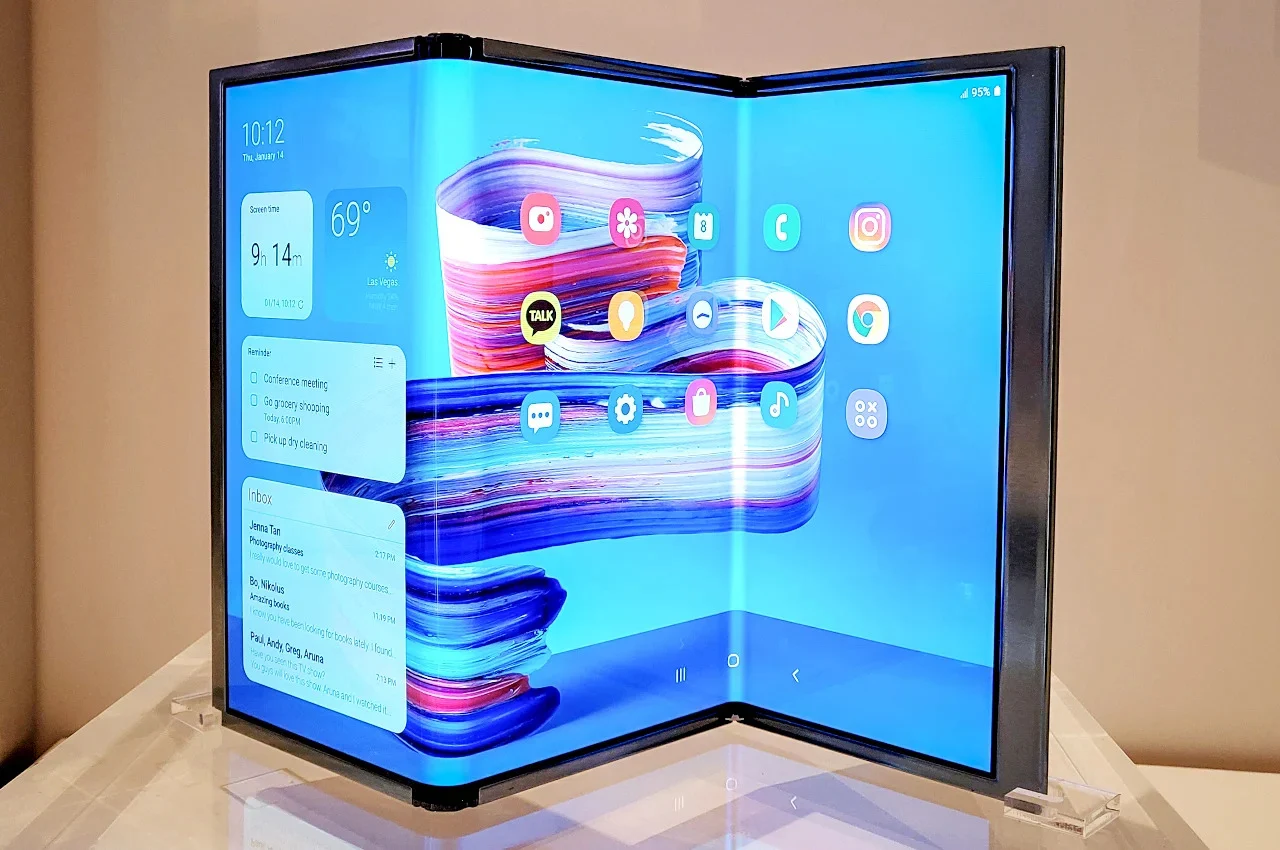When we think of wearable tech, we often envision smartwatches and fitness trackers worn on the wrist. However, any technology worn on the body qualifies as wearable. Current trends and technology have limited us, but smart rings offer a promising alternative. They enable people to track their health while still wearing traditional watches. These rings demonstrate the potential for jewelry to provide similar features while maintaining fashion sense. For example, earrings that can read body temperature, a feature still uncommon in smartwatches.
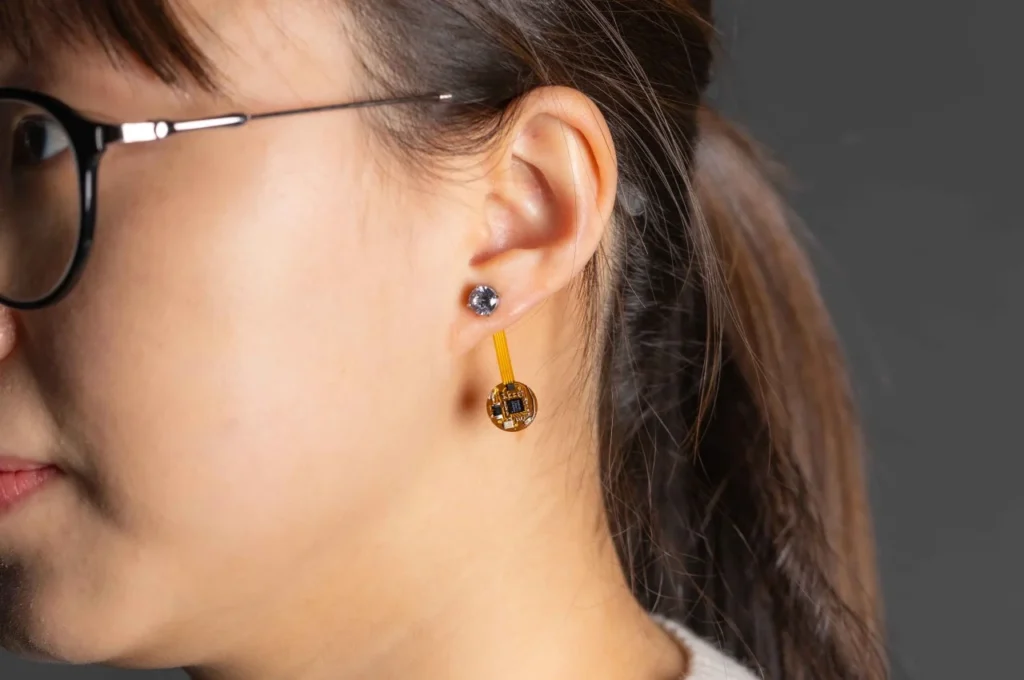
Our bodies hold a wealth of information, depending on the area you’re examining. Smartwatches and smart rings use light to gather health data, with smartwatches focusing on the wrist and smart rings on the finger. While these areas provide valuable insights, some researchers argue that certain body parts, like the earlobes, offer more accurate biometric data.
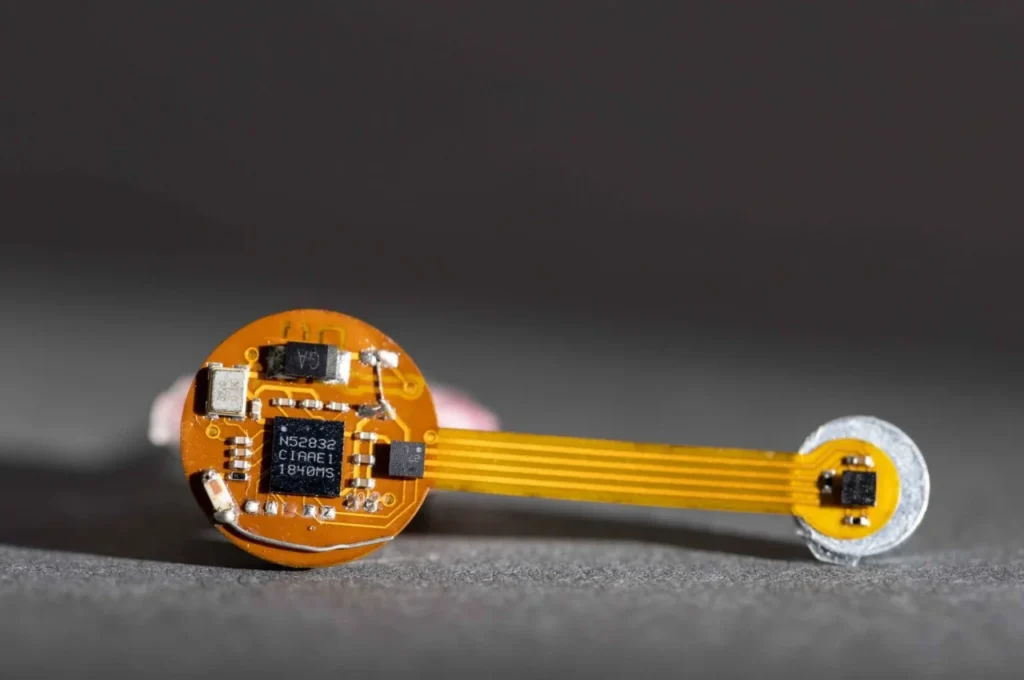
The Thermal Earrings project is built on medical research, aiming to develop a wearable that is both practical and stylish, particularly for women. The device features two sensors: one clips magnetically to the earlobe to measure body temperature, while the other hangs slightly below to measure room temperature. By comparing data from both sensors, it provides a more precise body temperature reading compared to smartwatches, which struggle to distinguish ambient temperature. This accuracy is important not only for monitoring body temperature but also for women to track ovulation and periods.
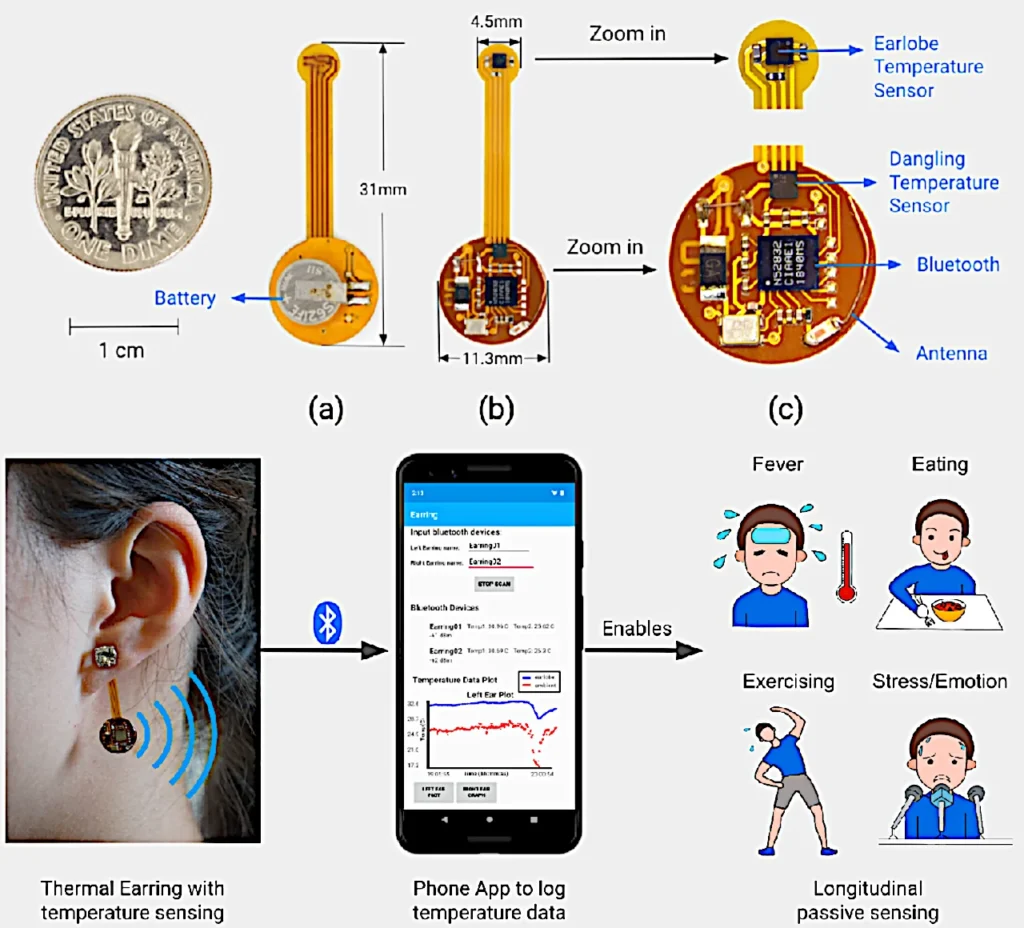
The small size of the Thermal Earrings poses challenges and opportunities. They consume minimal power and utilize low-power Bluetooth to send data to a smartphone. While theoretically, they could be charged using solar or kinetic energy, developing a reliable charging system is proving challenging. Additionally, since only one earring is needed to measure body temperature, there’s a question about the purpose of the other earring. Should it simply be a non-smart decoy or could it also measure another biometric?
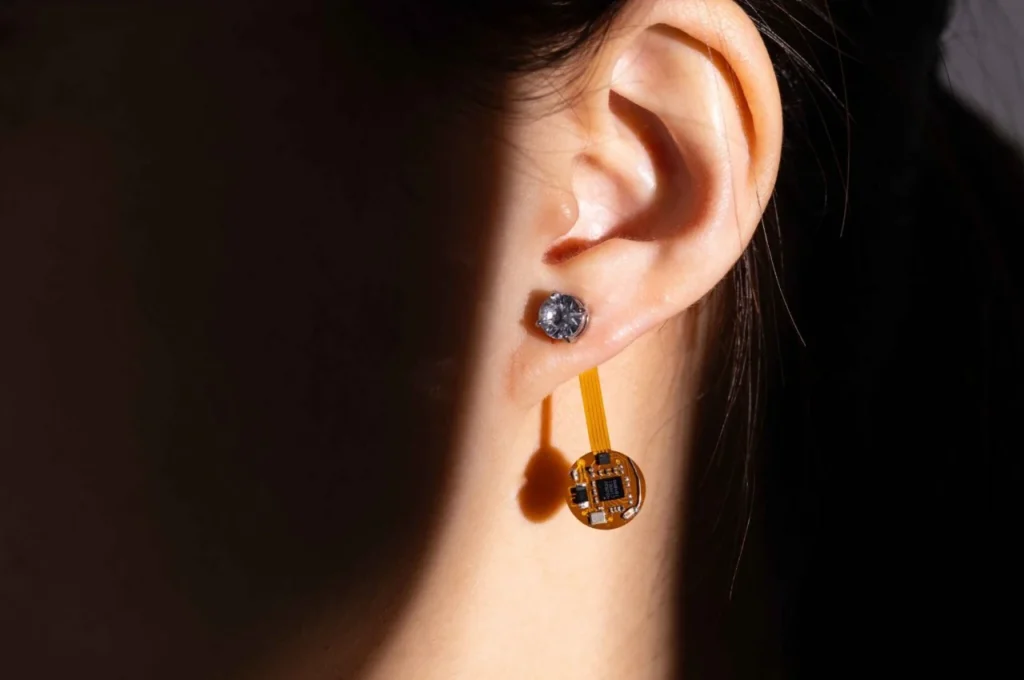
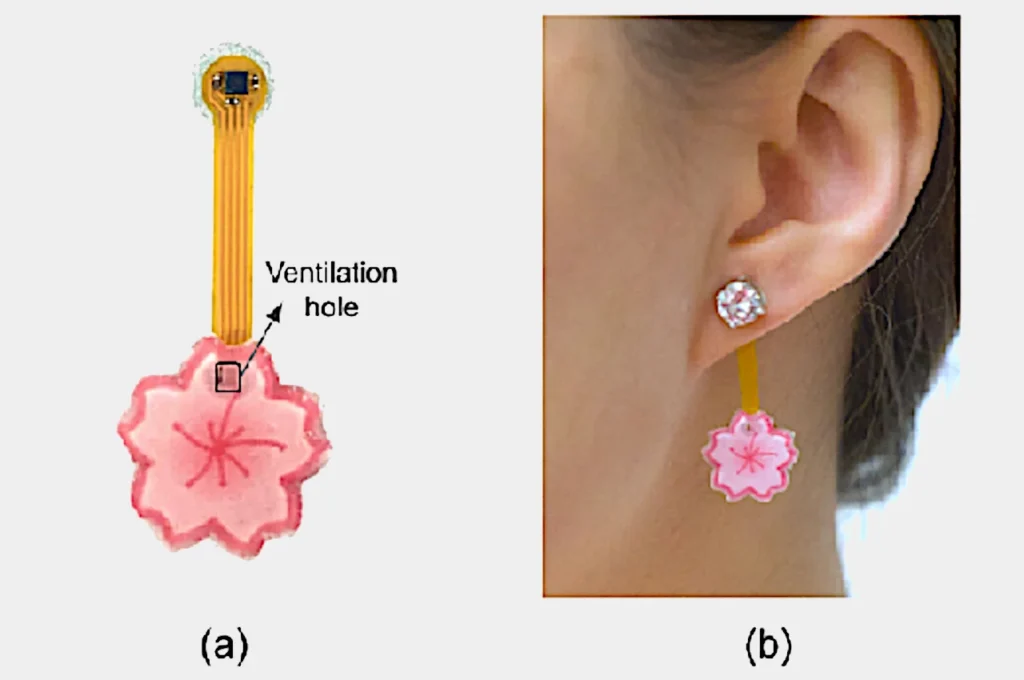
The Thermal Earrings pave the way for a new type of wearable accessory. While the current prototype is somewhat constrained by its electronics, it can already be personalized with charms and gemstones. Further exploration into different materials and designs could result in more fashionable styles that women would feel proud to wear.
